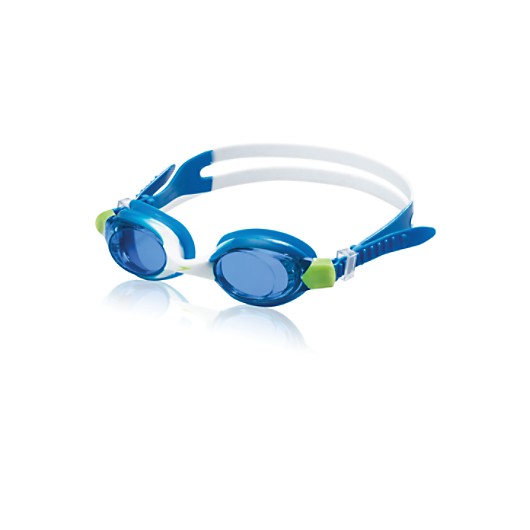A great Costco deal led to goggles for everyone in the family this summer. However, I didn’t bother with them for my 2 year-old since we were dealing with his floaties, which generally kept his face about water anyway. For those unfamiliar, they look something like these:

One day, he snatched his pair of goggles and insisted on wearing them, too. I realized that if he was going to get any use out of them, we would definitely need to give goggles a shot without with floaties:

I couldn’t believe what happened next.
Within about 30 minutes of swimming in the 2-foot end of the pool, he went from a formerly clingy, somewhat nervous state to confident explorer.
Where I had once struggled to convince him to try blowing bubbles, or to let go of me even to stand up on a bench, he was now diving under the water. He couldn’t get enough of enthusiastic underwater waving, suspending himself with his feet off the floor, and testing his breath-holding ability.
As with hiking (and pretty much everything else!), I have been pondering teaching connections to this shift. In what ways might we similarly replace the floaties with goggles? How might we give our students tools for deep experimentation, and remove structures that might actually be impeding that opportunity?
Perhaps we might:
- Move away from basal readers and computerized literacy programs toward more reading choice & mentor text studies (which of course, means more books!)
- Move away from bathroom use control and instead toward discussions on self-regulation, autonomy, and respect.
- Move away from doing all the planning and move toward students planning their learning time.
I think the real reason for my toddler’s transformation was that the goggles literally gave him a new lens with which to see water. No longer was it a threatening, mysterious body, but something with which he could actually interact and discover his own capacity. Meanwhile, without the floaties, I could no longer push him beyond his comfort level and had to stay near his side. Yet with the goggles, he was pushing himself in his own way.
What shifts have you seen give students a new lens for the structures and concepts around them? How else might we allow students to dive in when given some “goggles instead of floaties?”
featured image: Thomas Hawk



















